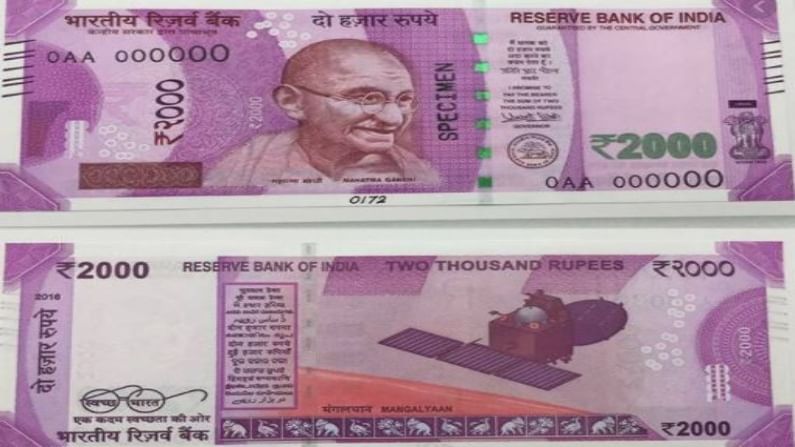Printing of Rs 2,000 currency notes halted: Government must continue its fight against black money, cash hoarders and counterfeiters
Post-demonetisation in 2016, critics had pointed out that the move to have Rs 2,000 notes defeated the very purpose of fighting black money by withdrawing Rs 500 and Rs 1,000 notes
- Sarbajeet K Sen
- Last Updated : March 17, 2021, 16:28 IST

In a move akin to partial demonetisation, the government has admitted that it has stopped the printing of Rs 2,000 notes for the past two years. The Rs 2,000 notes were brought into circulation post-demonetisation in November 2016 when the government had decided to phase out Rs 500 and Rs 1000 denomination notes to put a lid on the accumulated black money in the system.
“During the years 2019-20 and 2020-21, no indent has been placed with the presses for printing of Rs 2,000 denomination banknotes,” the Minister of State for Finance, Anurag Singh Thakur, has informed the Lok Sabha in a written reply.
The move to stop pumping in new Rs 2,000 notes for the past two years seems to be a welcome step. It appears to be another step in the government’s attempts to limit black money and curb the cash economy.
It may have also been prompted by rising incidence of counterfeiting of the Rs 2,000 notes where the counterfeiters were able to replicate its security features. Also, fake high value currencies that are not easily identifiable and are difficult to distinguish from the authentic ones makes it easier for terror funding and financing anti-national activities, be it from within the country or from abroad.
The decision to initiate Rs 2,000 notes into circulation had received a lot of flak post-demonetisation in 2016 when critics had pointed out that the move defeated the very purpose of fighting black money by withdrawing Rs 500 and Rs 1,000 notes. A higher denomination note, it was pointed out, would make it easier for people to hoard cash and give effect to large cash transactions.
The government must have realised in the days and months following demonetisation that the critics were right. Economic and revenue intelligence inputs and fresh facts and data coming in would have made the government realise that the Rs 2,000 notes had made the task of the cash hoarders even easier than the past. It is no rocket science that more could be hoarded or larger cash transactions could be given effect to with Rs 2000 notes instead of Rs 1,000 or Rs 500 bills.
To the government’s credit, it has kept ego aside and taken the decision on putting a halt to fresh printing of Rs 2,000 notes.
The government would have done a thorough assessment on the impact of stoppage of printing of the Rs 2,000 notes before taking a decision.
As has been pointed out by the government the decision of printing of banknotes of different denominations “is decided by the government in consultation with RBI to maintain desired denomination mix for facilitating transactional demand of the public”.
The government and the RBI will surely ensure that there is enough currency in circulation to oil the engines of the economy.
As of now there has been no complaint from the public at large on the paucity of Rs 2,000 notes despite it coming down to 2.01% of the overall notes in circulation in terms of volume on February 26, 2021 from 32.7% on March 30, 2018. In fact, for the general public handling of Rs 2,000 notes is often cumbersome and getting change for it is difficult.
However, despite all efforts by the government to promote digital payments to curb black money, reports suggest that the cash economy in India has one again come to life and is in fact flourishing. A greater push for digital transactions is a must to curb black money. However, those who are prone to misdeeds will find ways to evade the system and the revenue officials.
The government has to be on its toes and be nimble with counter measures and move a step ahead at all times. Greater vigilance and revenue intelligence along with stringent laws and their enforcement will definitely instill fear in the minds of those who evade tax and pile up and cash hoarders, counterfeiters and anti-national elements.
Download Money9 App for the latest updates on Personal Finance.
Related
- Building a portfolio with Debt Mutual Fund
- 30 years of reforms: Looking back at a watershed moment
- Regulatory changes required for making SPACs a successful regime
- Term plan: Beware of these traps
- Insurance Awareness Day: Are you protected from these risks?
- Overspending is toxic for your financial health; here’s how you can stop it

